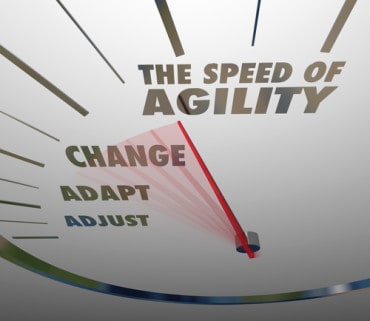
Mobile marketing needs to do a better job of catching customers in the moment. Better integration between search, maps, and real-time store data (is the item in stock?) presents a new frontier, as do developments such as digital coupons.
Recently I wrote about five key metrics for mobile marketing with location-based search: price, location, time, ratings, and photos.
A new report published by Harvard Business Review, however, got me thinking about how location-based mobile marketing could be vastly improved. According to the report, “Micro-Moments and the Customer Journey,” approximately 93 percent of smartphone users who research a product online go on to make a purchase. The report, by Lisa Gevelber, vice president of marketing at Google, also cites statistics from Deloitte that mobile phones influence nearly $1 trillion, or 28 percent of in-store sales in the United States.
What are shoppers doing on their phones? The report breaks it down for the millennial generation:
So they’re comparing prices (sometimes while they’re in the aisles of a store); looking for coupons (there are real-time solutions for that, as we’ve previously covered); and checking reviews — trusting the wisdom of the crowds. It’s worth noting that desktops and tablets should not be ignored: Note the high number of respondents — close to 70 percent in the above chart — who make purchases on desktops, versus about 45 percent for smartphones.
But how could mobile marketing be improved for online shoppers? Here’s another handy chart republished in the Harvard Business Review report:
According to the data, roughly 75 percent of consumers wanted to know the price of an item at a nearby store — not just the price of an item at any online retailer. Search engines, however, are notorious for retrieving scattered and far-flung results.
How many times have you searched for an item only to find that a local retailer did not have it in stock? It’s happened to me quite a few times, and it took a few clicks to find that information. But it’s something that consumers (more than 70 percent) want to know.
So here’s my grand idea: How about full integration of product search with maps? Instead of searching for “shoe stores near me,” for instance, then having to click through the store website to see if they carry the item and if it’s in stock, one could type in a specific style of shoe in a search field. A map would then display a list of nearby stores that carry the item, the price, and indicate whether the item is in stock. The map field for each store might also be able to carry promotions, such as coupons.
Such a function would require real-time data integration between store inventory and maps. But it’s much easier on the consumer than having to mine multiple websites to comparison shop and find a nearby item. And according to the HBR report, more than 60 percent of consumers would find such information useful.
Want more? Check out our most-read content:
Frontiers in Artificial Intelligence for the IoT: White Paper
Preventive Policing: Using Gunfire Detection to Fight Crime
Research from Gartner: Real-Time Analytics with the Internet of Things
Real-Time Drones: Coming to an Office Near You
Process Intelligence: More than BI
Liked this article? Share it with your colleagues
































